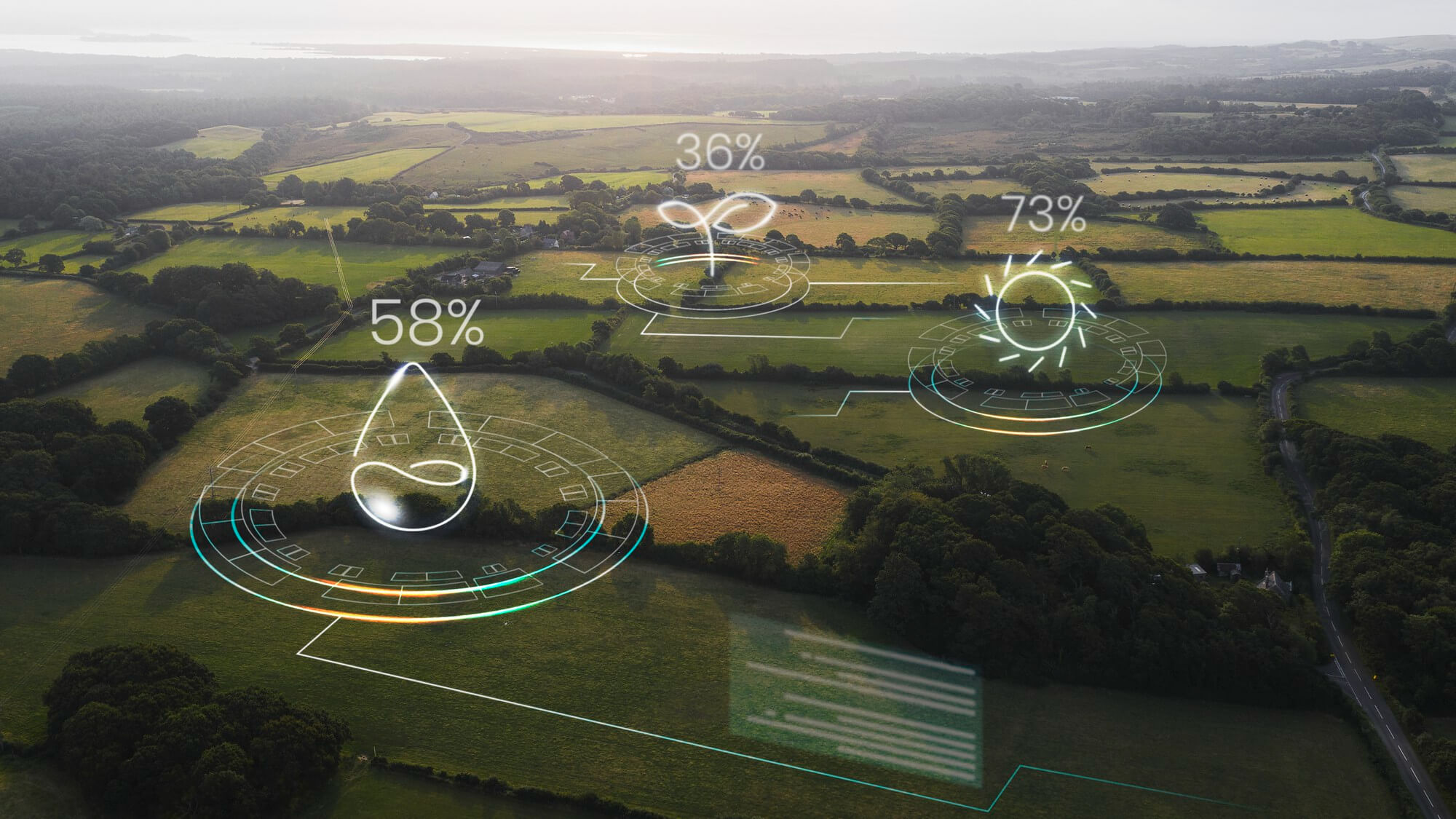Introduction: Who defines ESG?
When most people think about ESG Environmental, Social, and Governance—they imagine glossy corporate reports, investors in big cities, or boards of directors proudly showing their “sustainability” section. ESG has become a language of multinationals, banks, and large institutions.
But here’s the question I keep asking myself: why should ESG always look like this?
Why should the face of sustainability be a CEO in a suit, or a rating agency in New York?
In Africa, ESG could—and should—look very different. For me, the real face of ESG might not be found in boardrooms at all. It might be found in rural villages, in the hands of women who farm the land, feed their families, and organize community savings.
I believe rural women can, and should, be recognized as the true face of ESG in Africa.
Women as silent ESG leaders
Across Africa, millions of women already practice sustainability every single day, without calling it ESG.
- They manage scarce resources carefully—using water with discipline, preserving seeds, rotating crops.
- They take care of soil and biodiversity, because they know their children’s survival depends on it.
- They organize tontines and savings groups, ensuring that communities have access to credit when formal banks say no.
- They reinvest their earnings into education, healthcare, and food security.
When I see all this, I can’t help but think: isn’t this the essence of ESG? Isn’t ESG supposed to be about protecting the environment, building inclusive societies, and ensuring good governance? Rural women are already doing it—long before Wall Street started talking about it.
Why rural women embody ESG better than corporations
Here’s something I’ve noticed: when corporations talk about ESG, it often feels like a performance. Reports, metrics, ratings… sometimes it is more about image than reality. But with rural women, it’s not about image—it’s about survival.
For example:
- A woman farmer practicing crop rotation is not doing it for an ESG score. She is doing it because she knows it keeps the soil fertile for the next season.
- A women’s cooperative investing in clean cooking stoves is not doing it for publicity. They are doing it to save lives, reduce deforestation, and improve health.
- A tontine group ensuring financial discipline is not doing it to impress investors. They are doing it to survive shocks and keep their families afloat.
This is why I say rural women embody the spirit of ESG more authentically than many companies. They don’t have glossy sustainability reports, but they live sustainability in practice, every single day.
Why women are ignored in ESG metrics
So why don’t we see this reflected in ESG scores and finance reports?
The problem is that ESG frameworks are often built in the Global North. They focus on carbon emissions, board diversity, and disclosure policies. These things are important, but they do not capture the realities of rural Africa.
For example:
- A company that reduces emissions but displaces local communities might still get a good ESG score.
- A bank that finances big “green projects” in cities gets recognized, while women’s cooperatives in villages remain invisible.
- Local forms of resilience—like tontines—are never included in ESG metrics, even though they are proven models of governance and inclusion.
This is why I believe Africa needs to redefine ESG in its own terms. Because if we use only imported standards, we will continue to miss the true story of sustainability on this continent.
A new vision of ESG for Africa
What if ESG in Africa was measured differently? What if, instead of only looking at emissions or boardrooms, we also looked at communities and women?
Here are some examples of what I would love to see measured:
- E (Environment): How many ecosystems are being protected by women farmers? How much biodiversity is preserved thanks to traditional practices?
- S (Social): How many children stay in school because their mothers have income? How many women entrepreneurs lift entire communities out of poverty?
- G (Governance): How many women are leading cooperatives or savings groups with transparency and accountability?
This would completely shift the narrative. ESG would no longer be a distant corporate exercise. It would become a tool to recognize and reward real impact on the ground.
Stories that inspire me
I think sometimes the best way to understand this is through stories.
In rural Burundi, women lead informal cooperatives where they pool money every week. These funds allow members to buy seeds, pay school fees, or invest in small businesses. There are no auditors, no fancy reports—but there is trust, discipline, and governance stronger than in many formal systems.
In Kenya, women’s groups are pioneering clean energy adoption. By collectively buying solar lamps or clean cooking stoves, they reduce deforestation, improve health, and create new income opportunities.
In Senegal, female fish sellers have organized themselves to demand sustainable fishing practices. They are not only protecting their livelihoods—they are protecting marine ecosystems.
For me, these are true ESG stories. They may not appear in international indices, but they embody sustainability in its purest form.
Why this matters for Africa’s future
I often think about this: if Africa continues to adopt ESG standards without adapting them, we risk building a finance system that looks good on paper but does not change lives.
But if Africa redefines ESG with rural women at the center, something powerful happens. Suddenly, sustainable finance is not only about attracting international capital. It is about recognizing the real leaders of resilience.
This would also change Africa’s image globally. Instead of being seen as a “problem to fix,” Africa could become a teacher of sustainability—showing how communities, led by women, can balance environment, society, and governance in authentic ways.
My vision for the future
So, can rural women be the new face of ESG in Africa? My answer is yes—but only if we have the courage to shift the narrative.
Imagine an ESG framework where investors ask:
- How many women did this project empower?
- How many communities gained resilience?
- How much biodiversity was preserved by local knowledge?
Imagine a future where women in rural villages are invited to global ESG conferences as speakers, not just as “beneficiaries.”
Imagine African ESG funds that invest directly in women-led cooperatives, tontines, and grassroots enterprises.
This is the vision I hold: a finance that does not just talk about women, but one that starts with them.
Conclusion: The real face of ESG
When I think about ESG in Africa, I don’t picture boardrooms. I picture women in the fields, in the markets, in community meetings. Women who carry water, plant seeds, manage money, and hold families together.
To me, they are the real ESG leaders. They are already doing what corporations are still learning: protecting the environment, strengthening society, and ensuring good governance.
So yes, rural women can be the new face of ESG in Africa. And if we recognize this truth, Africa can redefine sustainable finance for the world.



